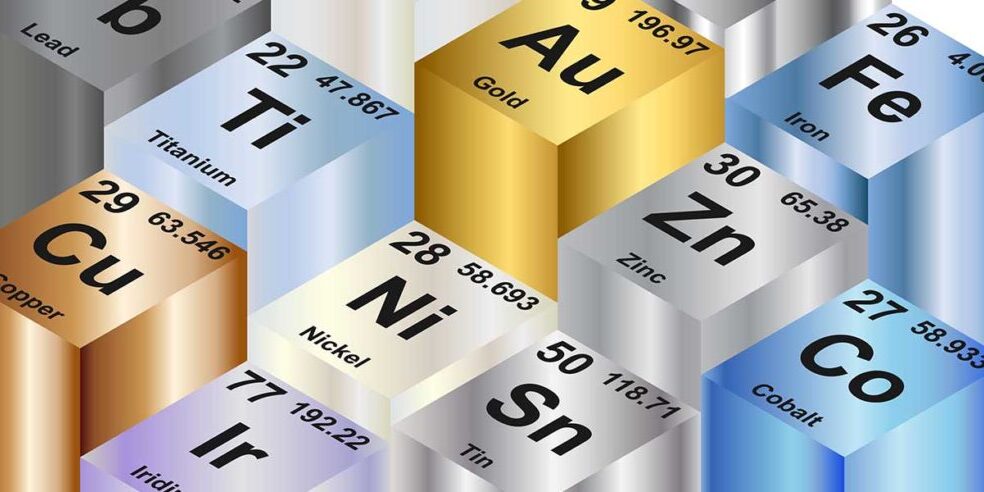Blog Seven Examples Of Metal Castings Saving The Customer Money
Centrifugal Casting Reduced Machine And Casting Scrap
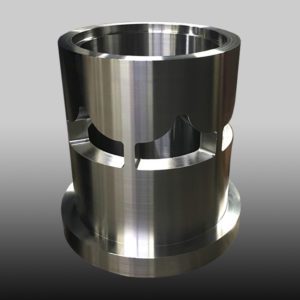
The valve cage regulates and helps control the flow of fluid through a valve. When supplied as a static sand casting, defects in the valve cage were often not discovered until much machining had been completed. The results were high scrap rates and cost. Working with the customer, MetalTek engineers converted the static sand casting to a centrifugal casting, incorporating the sand core technology into the design of the existing part. The homogeneous quality of a centrifugal casting reduced hidden defects. The rough casting was designed so that the last machining pass on the I.D. of the part opened the “windows”, minimizing the number of interrupted machining cuts. This further drove down scrap, which has been reduced by 98%.
MMC Alloy For Clutch Winch Drum Decreased Operating Costs
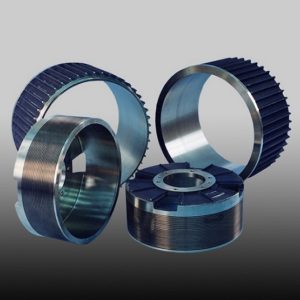
Naval supply replenishment vessels transfer equipment and supplies to military ships in service, while allowing for the relative motion of the ships. They employ high horsepower continuous slip air clutches to control the tension of connecting cables between the ships to allow for motion of the seas and relative movement of the vessels. The drums became unreliable and subject to significant wear when the change to non-asbestos brake material was implemented. MetalTek pioneered the development of a Metal Matrix Composite (MMC) centrifugally cast material for use in the friction drums. The MMC material used in the drum application virtually eliminated corrosion and drum wear and reduced hourly operating cost by 90%.
Fabrication to Investment Casting Reduced Labor Costs
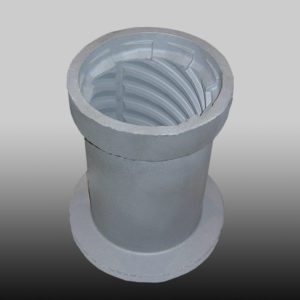
Fabrications require extensive blacksmithing, welding, and polishing to produce a part that meets stringent USDA surface finish and specified design requirements. Even when those requirements can be achieved in a fabrication, the final product can often vary lot-to-lot, making interchangeability and consistent performance an issue. MetalTek’s Wisconsin Investcast Division successfully converted a complicated fabrication into a single large investment casting. This 280 lb./127kg stainless steel casting features nine spiraling flutes that contour along its entire length and contains as-cast surfaces that satisfy USDA requirements. As a result, the customer has enjoyed the benefits of significant labor savings, manufacturing capacity, consistency of production parts, and increased process throughout.
Alloy Selection Reduced Machining Costs
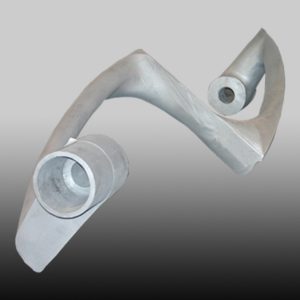
Certain industrial mixers and kneaders, especially those that process highly viscous materials, employ “Sigma Blades” to get the desired blending of the material. Manufacture of the blades presents challenges including alloy selection for corrosion resistance, casting, heat treat, and machining of such a large part—while retaining its shape. Working with the customer, MetalTek’s Carondelet Division developed a special alloy that did not require water quench to achieve desired corrosion properties—avoiding a significant opportunity for product distortion. Other fixtures were developed which simulated the machining envelope to ensure that the cast product could be machined to the desired shape. The customer realized a 150% increase in machine pass rates, and a 50% reduction in machining cost.
Centrifugal Casting Extended Ground Meat Production Equipment Life
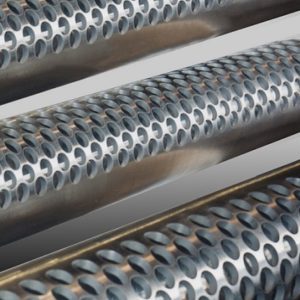
In the food processing industry, production of ground meat is one of the most demanding applications. Meat is forced through a network of small holes in a cylinder by a rotating Archimedes screw. Pressure on the cylinder wall is considerable, and the spaces between the holes are very thin. Forgings used in this application fail prematurely – cracks occur and tend to propagate due to the unidirectional grain structure in a forging. Centrifugal castings have replaced forgings in this application because the grain structure of a centrifugal casting is multi-directional. It is highly resistant to both crack initiation and propagation. Changing to a centrifugal casting in this application saved the customer money both in purchase cost and increased life of the product in service.
Centrifugal Casted Ball Valves Saved Customer Money
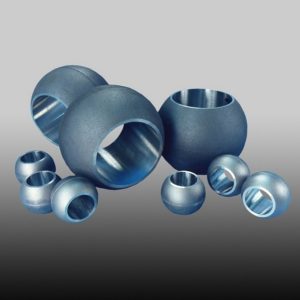
The ball valve manufacturer came to MetalTek because they were facing a common dilemma. Needing a ball in a specialty alloy offered only unattractive alternatives. Because of the material, purchasing a mill run to produce a forged ball was cost prohibitive. Machining a spherical component from a cylinder is a difficult choice, and there are static casting challenges when producing a sphere because of heavy wall sections and varying wall thickness. Fortunately, MetalTek offered the most logical of solutions. With ball tooling already available for sizes ranging from 2” through 38”, there was no tooling lead time or cost. Being a master melter, MetalTek was able to produce any quantity the customer needed in the alloy they specified.
Versatile Investment Casting Tooling Minimized Costs

Vortex flow meters provide an effective alternative to turbine flow meters in steam, oil, and gas applications. While extremely reliable, the proper placing of internal mechanisms is essential for the accurate measuring of fluids through the meter. There can also be a variety of sizes and bolt patterns of mating parts which attach to meter bodies. MetalTek’s Wisconsin Investcast Division brings a unique ability to integrally cast internal shutter components. MetalTek has also devised a common tooling scheme that allows a broad range of flange sizes and bolt hole patterns to be produced from a single tool. These capabilities help produce parts that perform in the field, add versatility, and minimize tooling investment.

